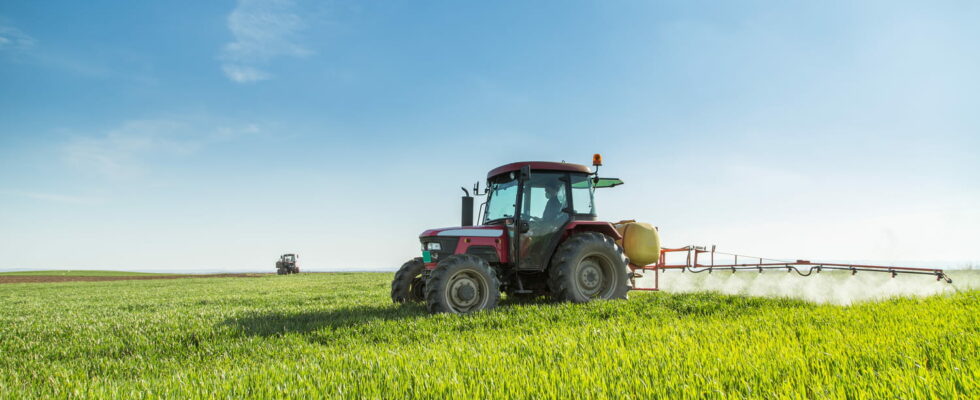When we talk about the European countries that use the most phytosanitary products, we generally think of Spain. In fact, the reality is both more complex and more surprising.
For years, the issue of pesticides has concerned citizens in many countries around the world. Because if these phytosanitary products are useful for protecting crops from insects and diseases, their intensive and excessive use has harmful consequences on the environment and the health of farmers and consumers.
The European Union is closely studying this thorny subject, which often pits farmers and consumers against each other. To try to reduce their use, some countries have put in place ambitious plans. In France, the Écophyto plan, launched in 2008, aimed to halve the use of pesticides by 2018. Unfortunately, this objective is far from having been achieved. And in 2020, pesticide sales in France were almost identical to those in 2010, with around 65,000 tonnes of products sold, compared to 56,000 in Italy and 48,000 tonnes in Germany for example.
However, these figures hide a more complex reality. And they are not enough to measure the true use of pesticides. Indeed, if, in absolute value, Spain, France, Italy and Germany are the countries having declared the largest volumes of pesticide consumption in the EU in 2021, it is because these four countries are among the largest agricultural producers in the European Union. Spain, which is often singled out, is even a real agriculturalist.
In fact, it is necessary to clearly distinguish the total quantity of pesticides sold and use per hectare. It is this last indicator which allows us to better understand the real chemical pressure exerted on soils and crops in each country.
And in this area, it is the Netherlands which is ahead of all the others, with 10.9 kg of pesticides per hectare. Yes, this country known for its tulips, its mills and its greenhouses is in reality the largest user of phytosanitary products per cultivated area in Europe, its small geographical size partly explaining this very intensive use to maintain high yields.
And the surprises don’t stop there. Just behind the Netherlands are Cyprus (9.22 kg/ha), Malta (8.09 kg/ha), Ireland (7.07 kg/ha) and Belgium with (6.42 kg/ha ). Often perceived as green and environmentally friendly, the latter two countries are in reality very significant users of pesticides per hectare. Italy (5.38 kg/ha), Portugal and Spain (4.59 kg/ha) come next in this ranking, with usage levels still above average.
On the other hand, certain Nordic countries, such as Denmark (1.2 kg/ha) and especially Sweden (0.73 kg/ha) stand out for their remarkable efforts. These countries are adopting proactive policies to reduce the application of pesticides, while maintaining efficient agricultural practices. Lithuania (1.12 kg/ha) and Slovakia (1.21 kg/ha) are also good students in this area. But it is Romania (0.62 kg/ha) which uses proportionally the least pesticides per hectare.
As for France, it is within the European average, with 3.7 kg/ha. And here again, with great disparities depending on the region, with some departments making much more moderate use of phytosanitary products than others.
